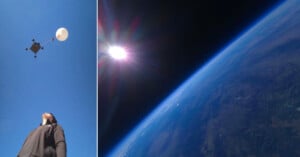
These Epic Photos From Space Were Shot With a Smartphone
Samsung sent four Galaxy S24 Ultra smartphones into space on stratospheric balloons in order to capture literal out-of-this-world photos of the western United States.

Samsung sent four Galaxy S24 Ultra smartphones into space on stratospheric balloons in order to capture literal out-of-this-world photos of the western United States.
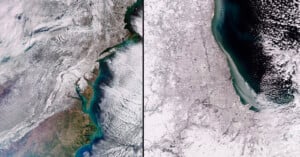
North America has been subjected to some of the most extreme cold in recorded history and views from space emphasize how frigid a couple of major U.S. cities have looked in recent days.
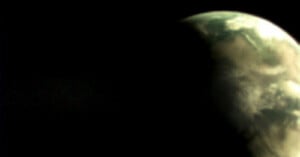
A new image of Earth may not look like much at first glance, but how it was captured is incredible.
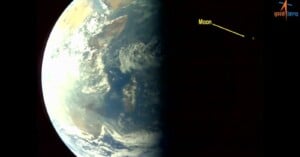
The Indian Space Agency (Isro) has shared the first-ever photographs sent by the country's solar observation mission as it makes its way toward the Sun.
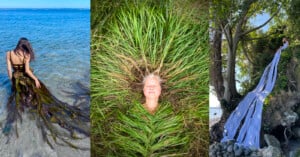
A photographer inspired by nature weaves women into the landscape using natural elements like grass, water, and plants.
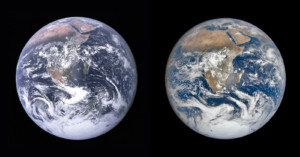
In December 1972, NASA's final Apollo mission (Apollo 17) took the iconic “Blue Marble” photo of the whole Earth. Many, including science fiction writer Arthur C. Clarke, had expected that the sight of Earth from afar would instill the belief that mankind’s future lay in space.
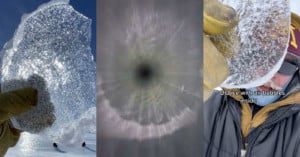
A team of scientists sent a camera down a 300-foot (93 meters) borehole so it can reveal the oldest ice on Earth.
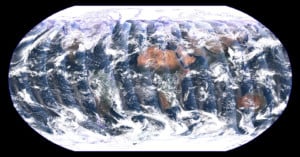
A recently launched NASA satellite has sent back this stunning mosaic image of Earth, captured over a 24-hour period.
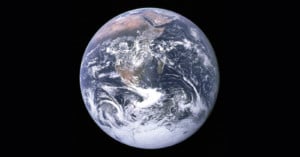
December 7 marked the 50-year anniversary of the Blue Marble photograph. The crew of NASA’s Apollo 17 spacecraft – the last manned mission to the Moon – took a photograph of Earth and changed the way we visualized our planet forever.
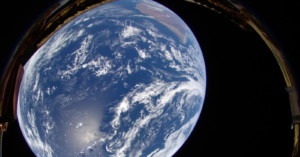
Japan's Hakuto-R mission 1 captured this stunning view of planet Earth after it launched from Cape Canaveral in Florida on Sunday.
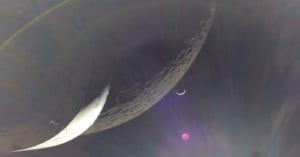
The Orion spacecraft captured this incredible photo as it passed by the Moon on its way home back to Earth.
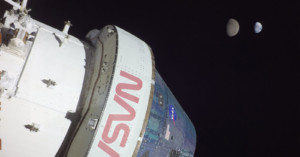
NASA's Orion spacecraft has captured a photo of it with the Earth and Moon in the background from its maximum distance away: 268,563 miles. Orion has now traveled farther away from Earth than any other spacecraft built for humans.

Sometime yesterday (Tuesday), Earth's population surpassed eight billion people and these photos show the huge gatherings of humanity across the globe.
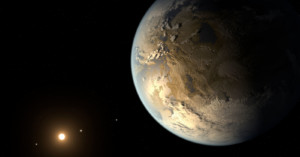
Scientists say that their attempts to find exoplanets that could host life -- basically, another Earth -- could be obscured by what they refer to as planetary "photobombers," which could dramatically alter results.

Researchers at Dalhousie University have examined the environmental impact of masks and disposable gloves on animals that proliferated during the COVID-19 pandemic.
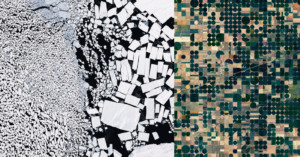
From the construction of a public park in Manhattan to the Yarlung Tsangpo River changing course on the Tibetan Plateau, the Daily Overview uses satellite imagery to create stunning images that detail how the world is changing.
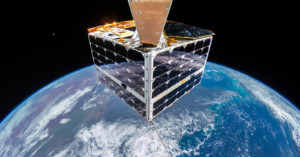
NanoAvionics sent a satellite into space with a selfie stick attached to a GoPro, which then transmitted back the world's first spacecraft selfie in 4K.
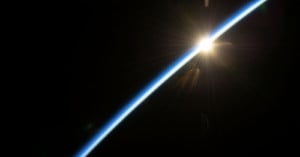
NASA has published a series of gorgeous photos of the sun rising behind the curvature of the Earth, also known as an oribtal sunrise, as seen from the International Space Station (ISS).
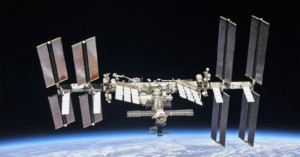
Japanese billionaire Yusaku Maezawa has published a timelapse he captured from the International Space Station (ISS) as he orbited Earth, a view he describes as "breathtaking."
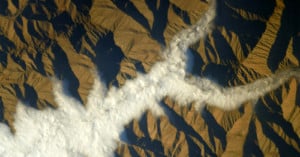
European Space Agency (ESA) astronaut Thomas Pesquet has returned to Earth after a 200-day stint on the International Space Station (ISS) and has begun sharing some of the nearly quarter of a million photos he captured while in orbit.
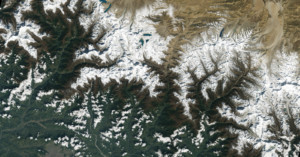
The Landsat 9, a joint mission between NASA and the U.S. Geological Survey (USGS), has captured its first photos as part of its mission to document changes to the planet and the impacts of climate change.
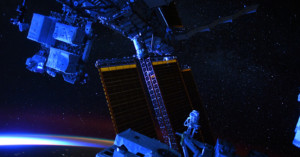
As he prepared to end his stay aboard the International Space Station (ISS), photographer and astronaut Thomas Pesquet decided to point his camera towards the vastness of space, revealing a stunning view of the stars with Earth in the foreground.
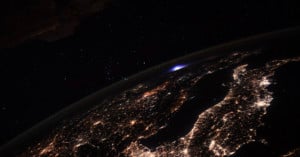
Astronaut Thomas Pesquet has photographed a rare blue "transient luminous event" over Europe that was captured as part of a timelapse he shot from on board the International Space Station (ISS).
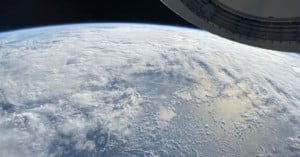
The first few images released by the SpaceX team were shot with a Nikon DSLR, but the images shared in the most recent drop by mission commander Jared Isaacman were captured using an iPhone 12.
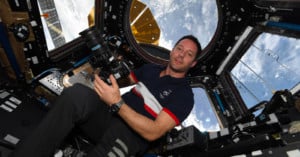
Astronaut Thomas Pesquet has shared numerous beautiful photos of Earth taken from the International Space Station, but contrary to popular belief, making these photos isn't as simple as just hanging out in the space station's cupola.
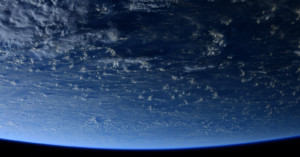
European Space Agency astronaut Thomas Pesquet recently published a set of images from the International Space Station of Earth that show only water and clouds, which makes the planet look very different than it is normally seen.
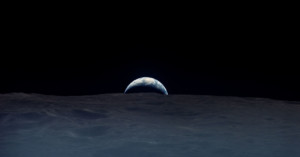
Toby Ord was disappointed at the selection of Earth photos available compared to views we have of other planets, so he decided to try his own hand at restoring older Apollo astronaut photos of Earth to reveal more of our planet's beauty.
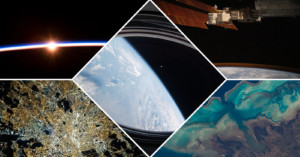
The astronauts who work on the International Space Station (ISS) have some of the best views of our planet that can be imagined. Thousands of photos of that view are captured every year, but which ones are NASA's favorites?
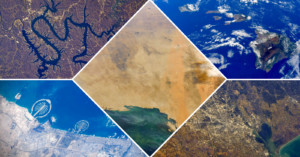
Japaneses astronaut Soichi Noguchi has emerged as the International Space Station's resident photographer, uploading a slew of incredible images of Earth taken from the Cupola Observational Module.
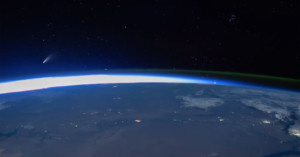
As photographers across the world are trying their hands at shooting Comet NEOWISE before it's gone for the next 6,000 years, astronauts onboard the ISS have a nice view of the comet that isn't obscured by Earth's atmosphere. Here's a 7-minute real-time video showing what NEOWISE looks like from about 254 miles above our planet's surface.